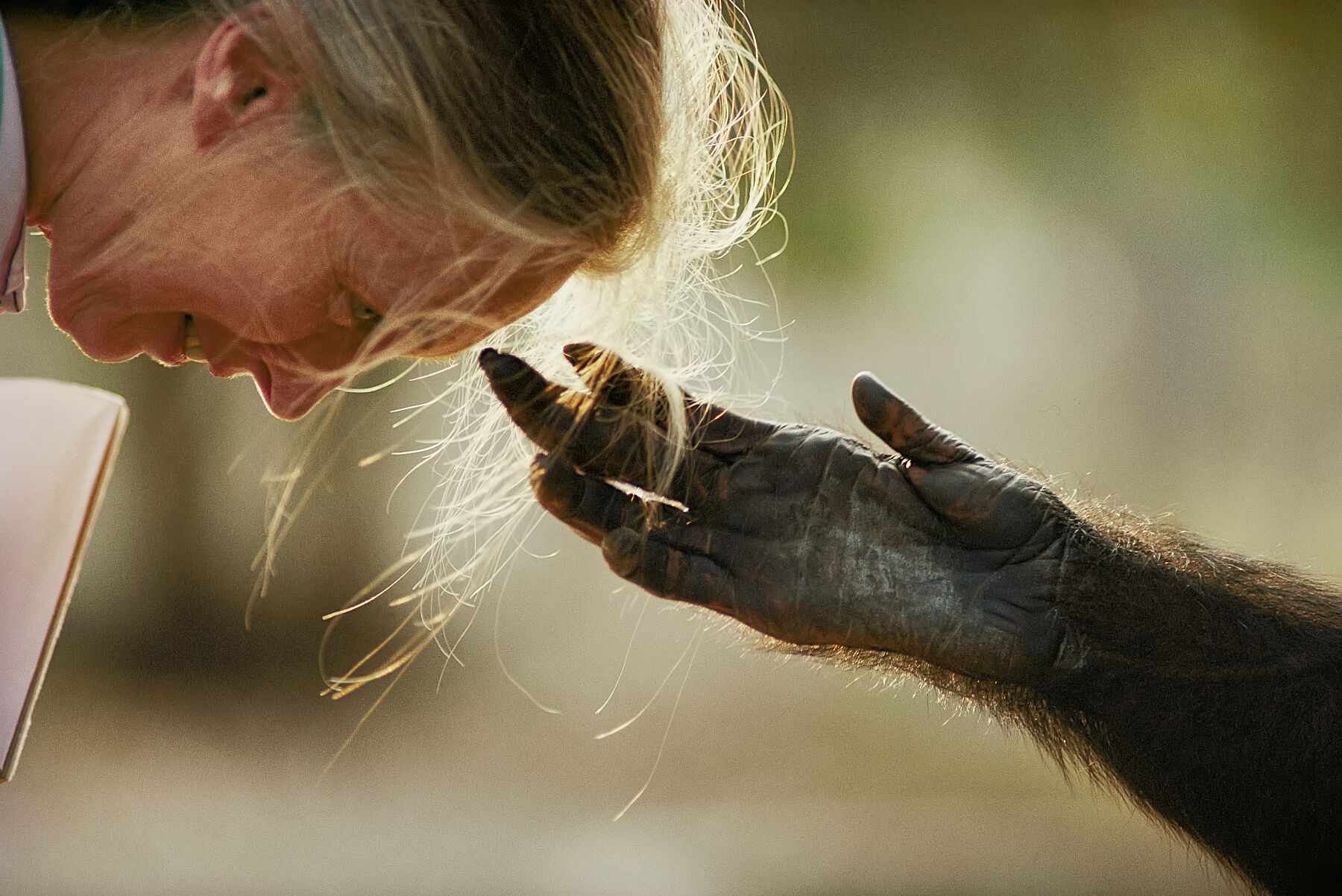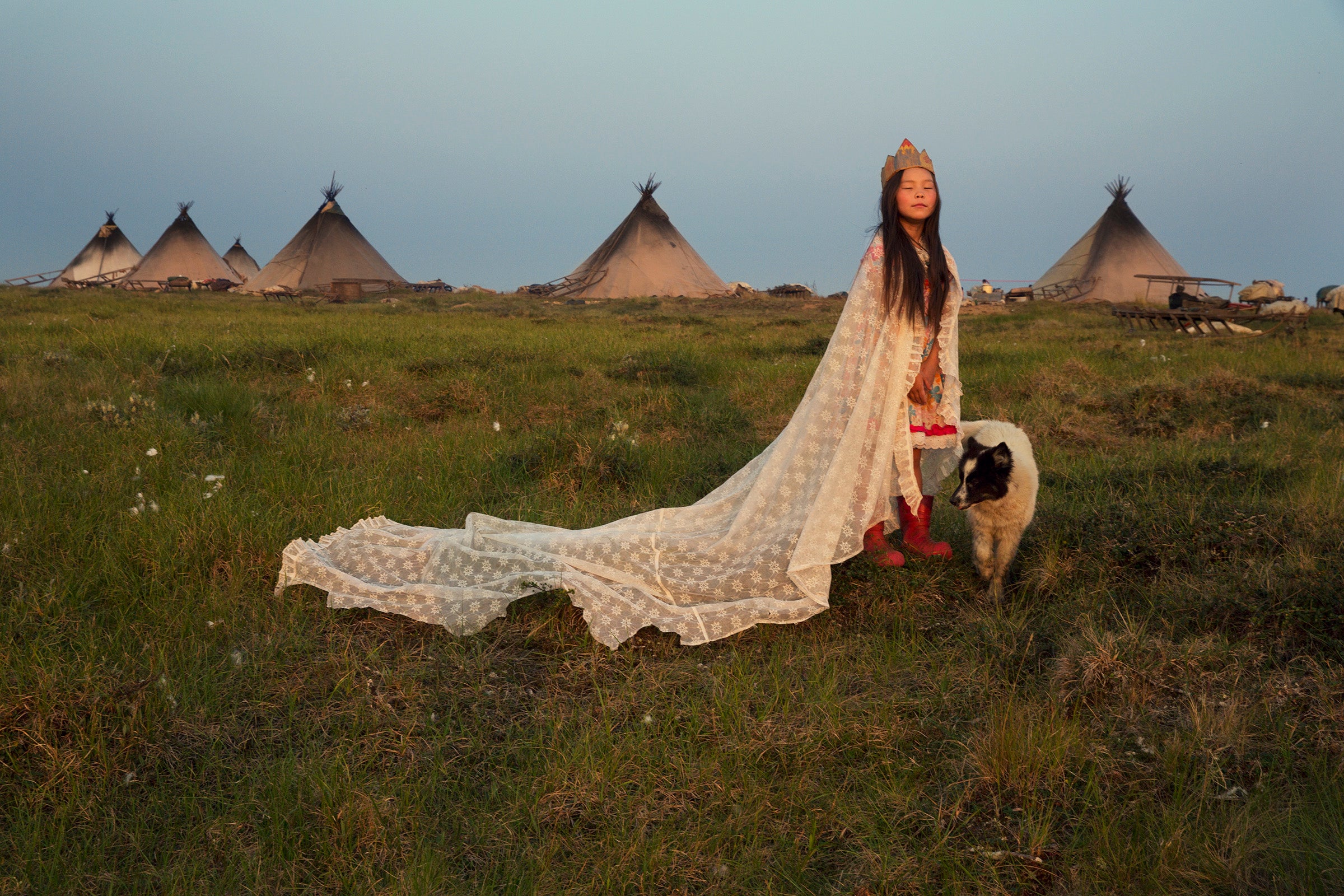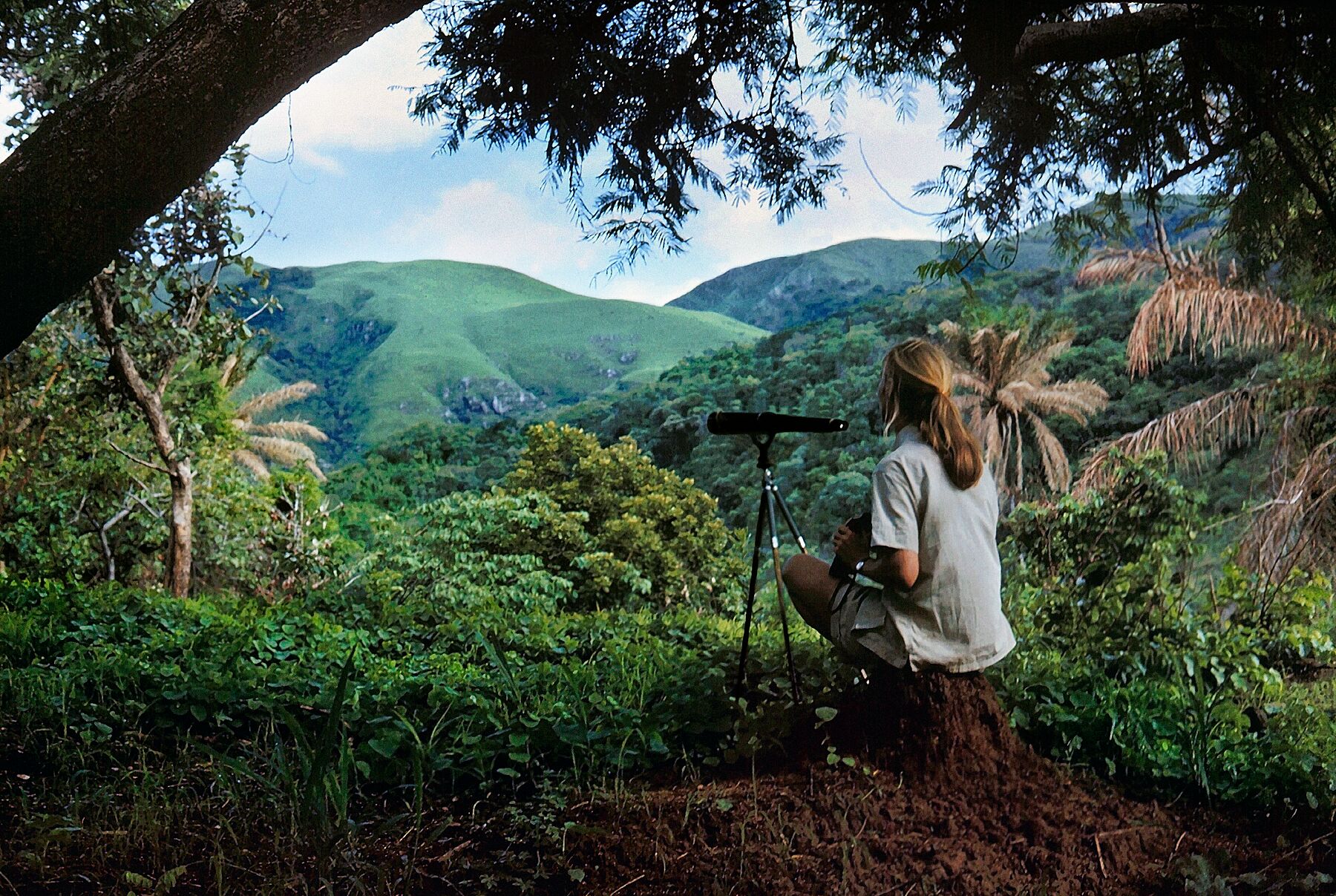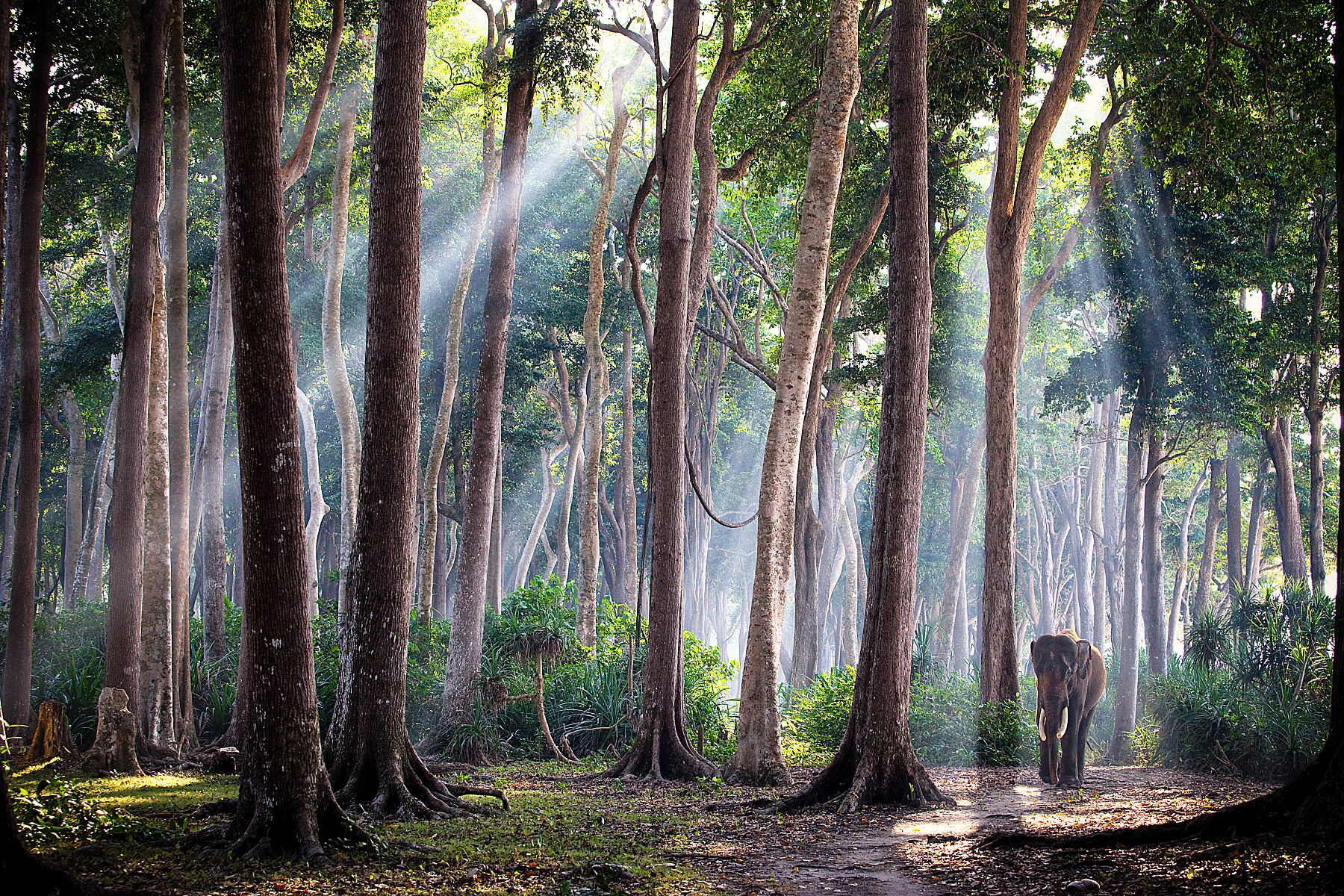
Esther Horvath. Polar Bear Mom and Cub.
A polar bear and her cub approach flags placed near the Polarstern icebreaker during the MOSAiC expedition in the central Arctic Ocean. The flags mark the "go" and "no go" areas towards the scientific installations on the sea ice.
From autumn 2019 to autumn 2020, hundreds of experts from 20 nations investigated the fate of sea ice and the coupled ocean-atmosphere system, including for the first time near the North Pole during the polar winter. The German research icebreaker Polarstern drifted with the ice through the Arctic Ocean. As the most extensive scientific expedition to the Arctic in history, MOSAiC used advanced instruments and sensors to provide the first comprehensive assessment of the region. MOSAiC provided much-needed data on the most vulnerable region of the planet to climate change. The expedition continuously monitored over 100 complex climate and environmental parameters throughout the year.
Esther Horvath is a contributor photographer for National Geographic, a Nikon Ambassador and photographer for the Alfred Wegener Institute Helmholtz Centre for Polar and Marine Research. Her work focuses on documenting climate research in the polar regions.
Follow Ester on Instagram @estherhorvath.





